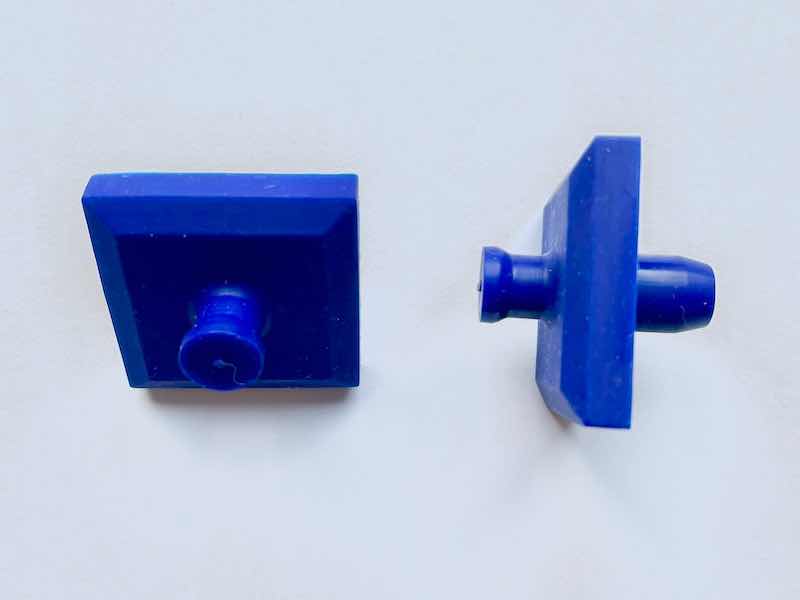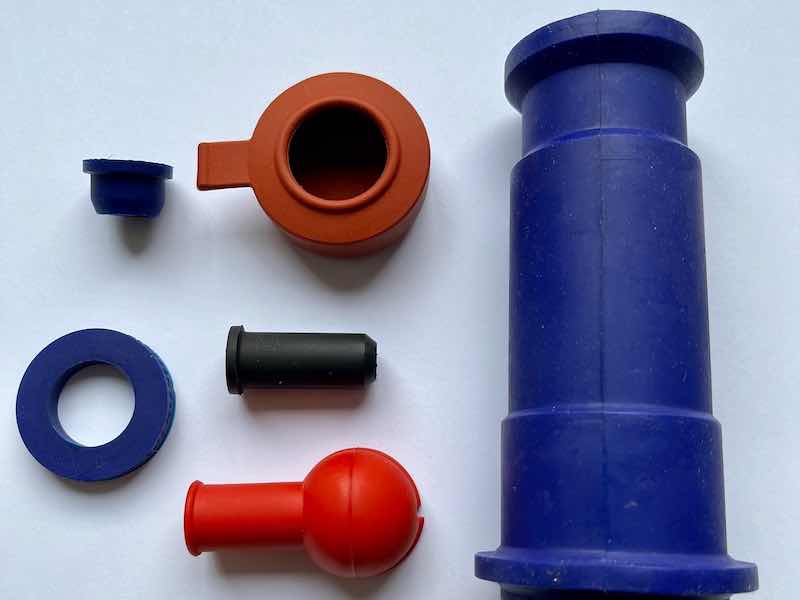There are a lot of standard masking products available, but there are times when it makes sense to use a custom masking solution.
 John GillGenerally, when an item needs to be masked, you can look in a catalog and find a large range of molded caps or plugs in a series of standard sizes. There are times, however, when the standard items aren’t quite right, and that is where custom masking comes into its own.
John GillGenerally, when an item needs to be masked, you can look in a catalog and find a large range of molded caps or plugs in a series of standard sizes. There are times, however, when the standard items aren’t quite right, and that is where custom masking comes into its own.
People choose custom masking for a variety of reasons; the standard item isn’t quite the right length, you need the standard item in a different material or a different color, or you need it longer or shorter. Perhaps you need a handle on to help remove the mask. A slightly different design could help you install the mask faster. You may need to hang the part using the mask, or there is an area that needs masking that is an unusual shape.
Make Your Process Better, More Consistent
 It is easy to think that custom masking can be expensive or it is only suitable for high production runs where you have thousands of parts to mask and process. That simply isn’t the case. A lot of custom masking is provided to people who only want a few pieces.
It is easy to think that custom masking can be expensive or it is only suitable for high production runs where you have thousands of parts to mask and process. That simply isn’t the case. A lot of custom masking is provided to people who only want a few pieces.
The one thing that everyone who uses custom masking has in common is they want to make their process better and more consistent.
If masking parts is a bottleneck in your production process or if you are having parts rejected by the customer because the parts are not masked consistently, then you should consider custom masking. A well-designed custom mask can reduce your masking times. It can be designed so that it is easy to fit onto the part; it can be color-coded and engraved with the part number that it masks; it can be designed to locate against or up to a shoulder. Custom masks can be made in different colors so you can track their usage and remove old masks from the production area.
Driven by Customer Demands
The need for custom masking can also be driven by the end customer. Perhaps there is an odd-shaped area that needs masking, or there is a very specific requirement for surface finishing in a given area where a standard cap or plug would normally locate. Custom masking can be used to move a paint line to a less obvious area of the part or to mask multiple diameters in one operation.
Custom masking comes in all shapes and sizes; it can be a simple domed cap with a hole in it to allow a hook to pass through the mask into the part. It can be a complex plug with a valve built into the mask that will allow air to escape from within a tube when the air pressure increases during the coating or baking cycle of the process. It can be a mask with magnets built into it that will hold the mask onto a flat surface.
So, look at your process and see where the bottlenecks are and if there are inconsistencies in your finished product. An experienced engineer with a good knowledge of custom masking could help remove some of your problems.
To explore custom masking further, contact a masking company such as Caplugs.
John D. Gill is an Engineer with Caplugs Inc. He has experience in masking and surface finishing throughout the U.K., Europe, and the U.S. He works with Caplugs’ manufacturing facilities in the U.S., Europe, and China. Visit https://www.caplugs.com



































